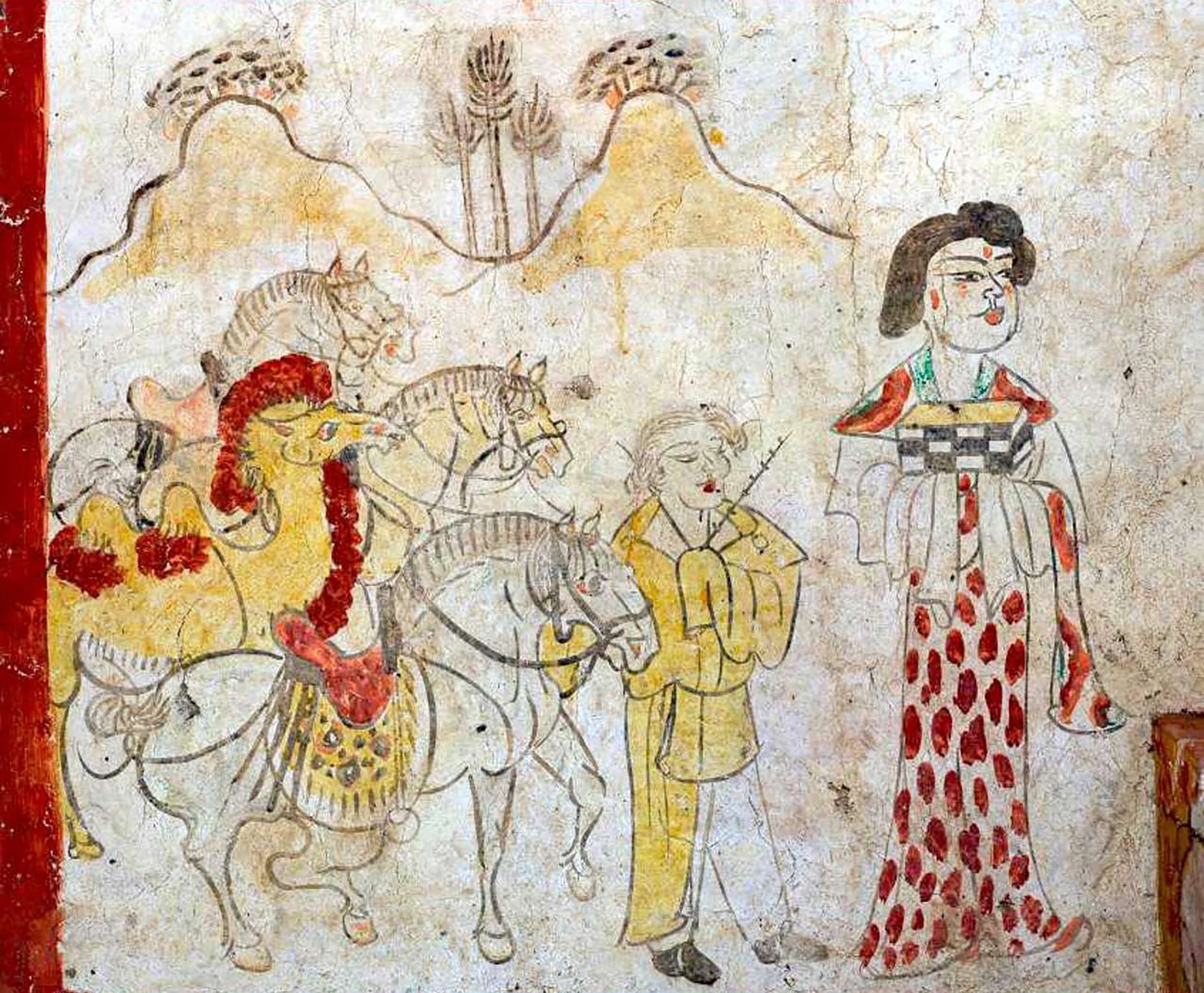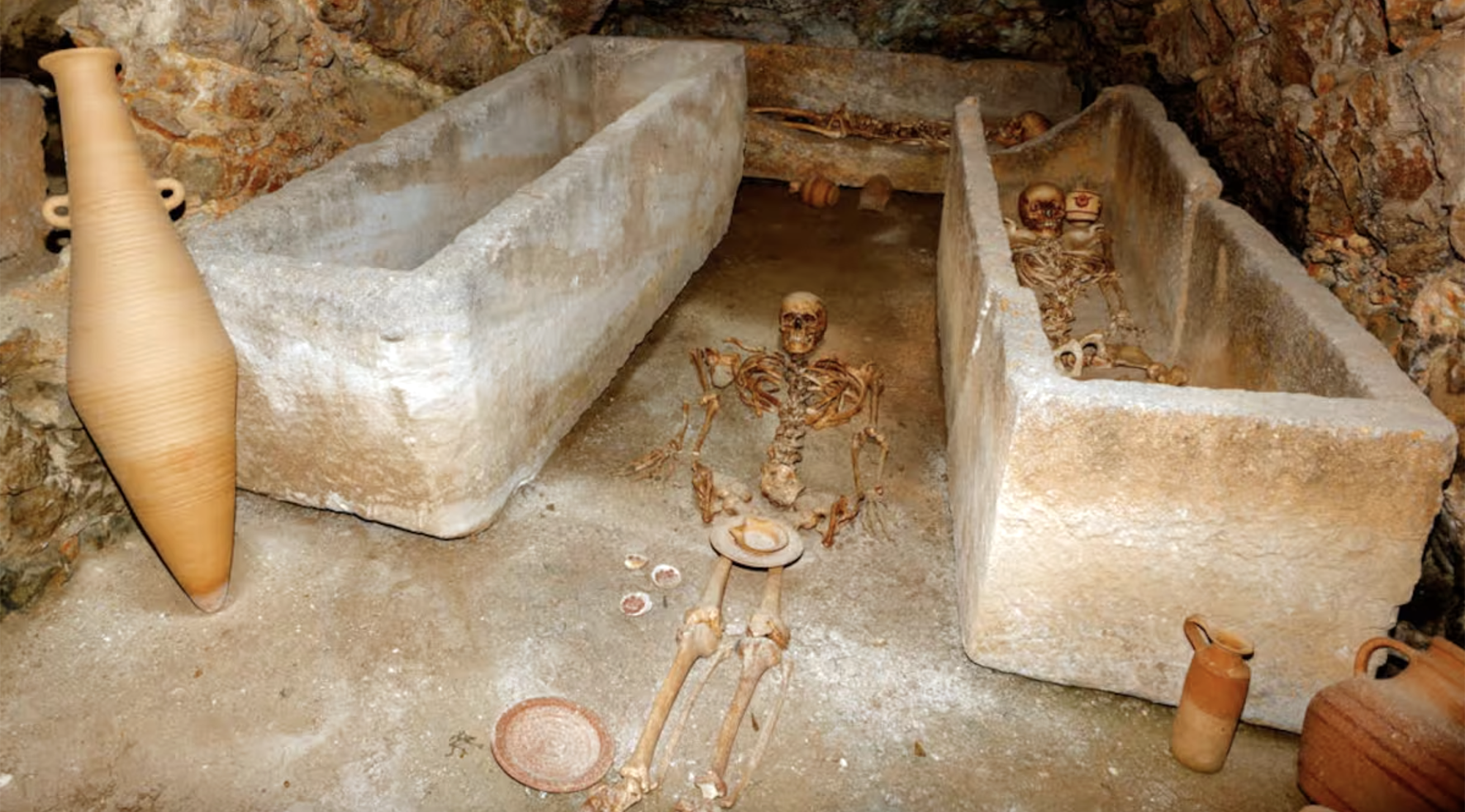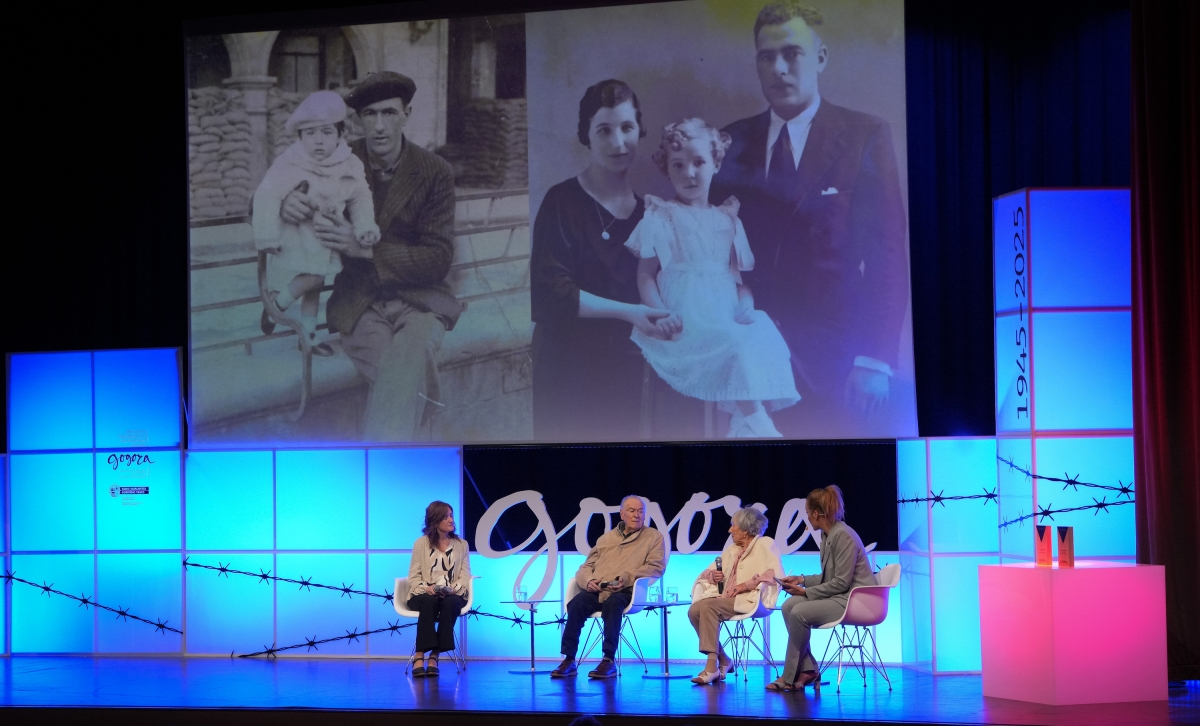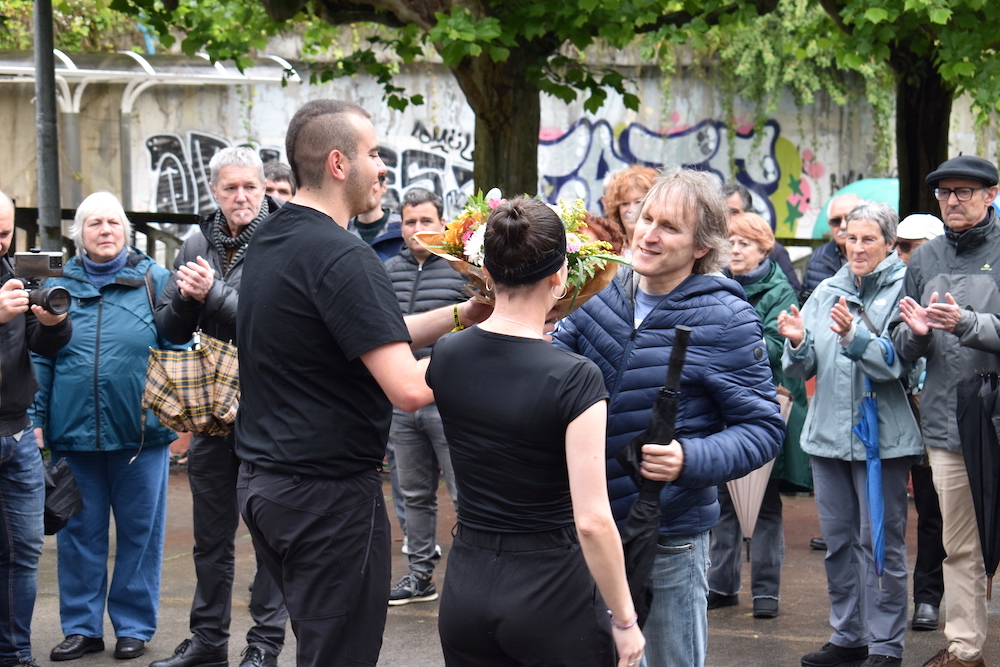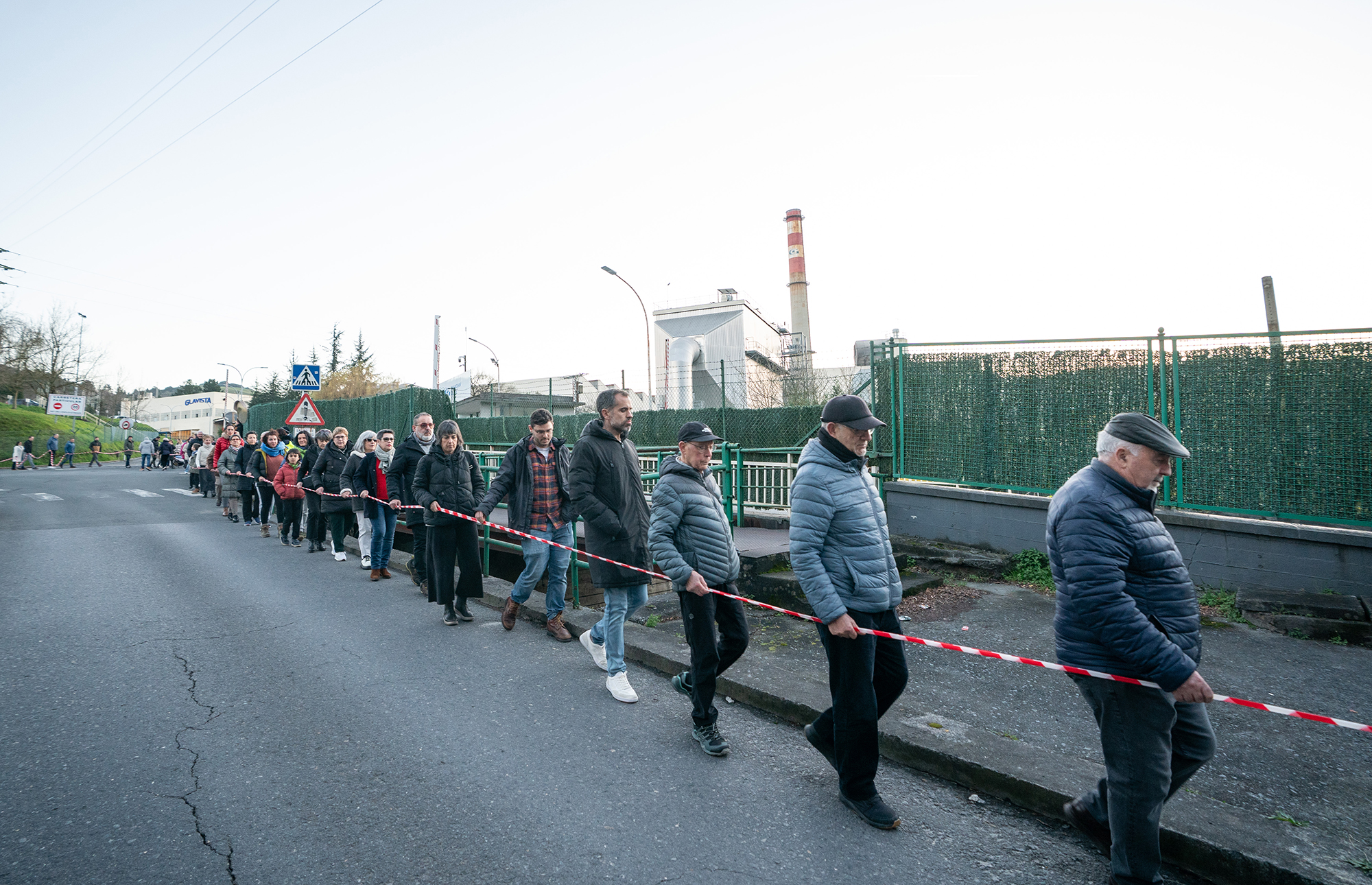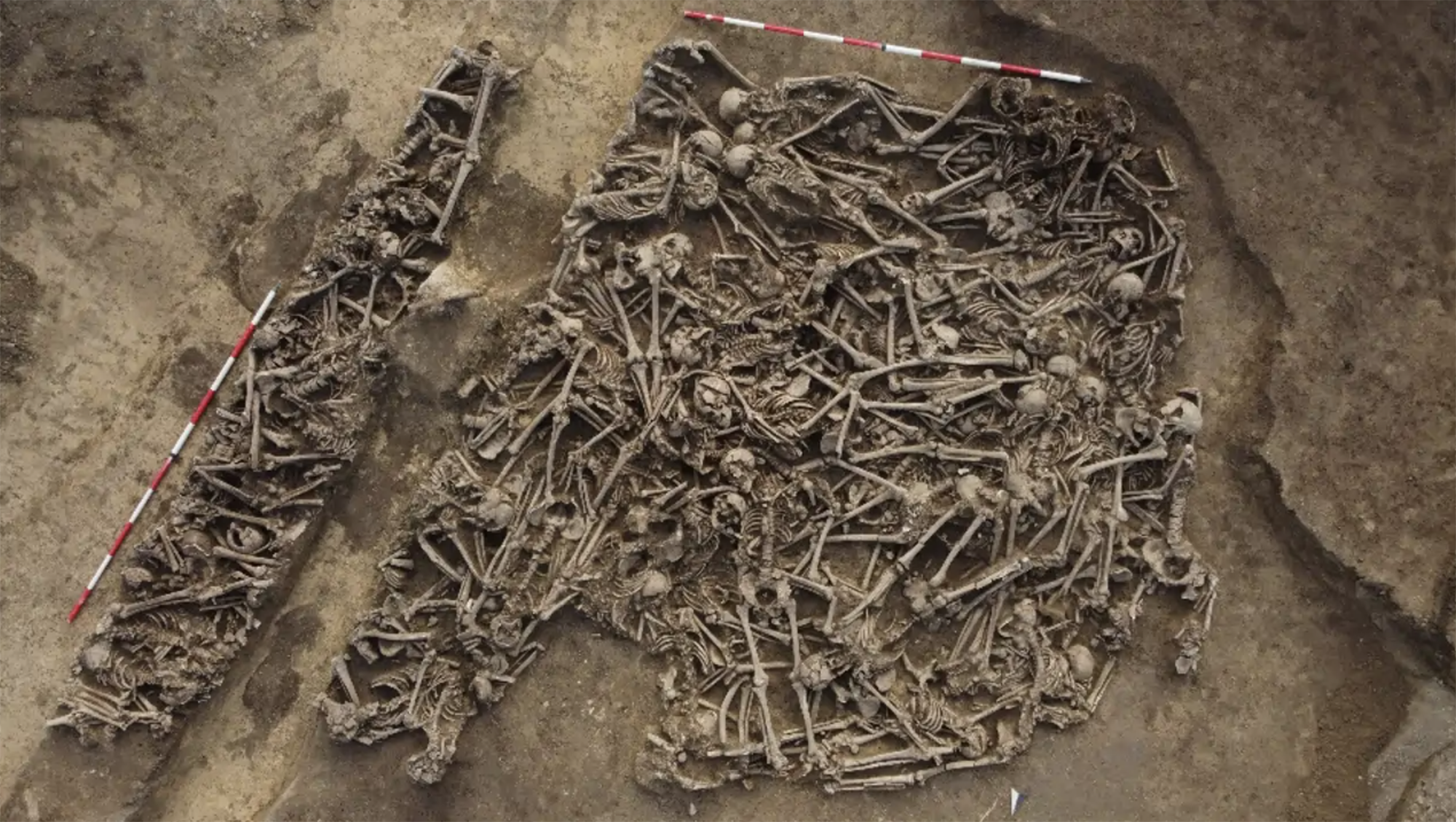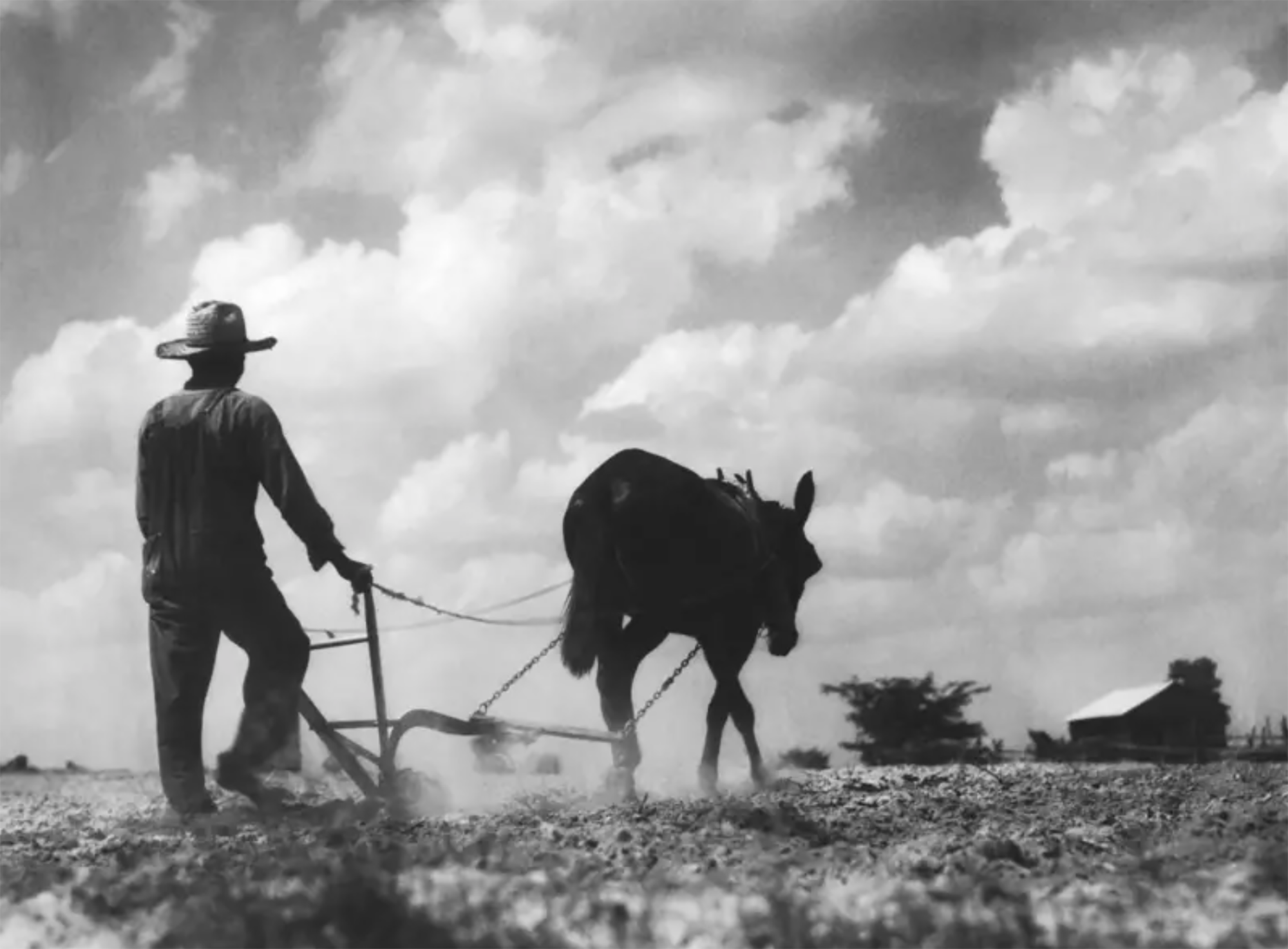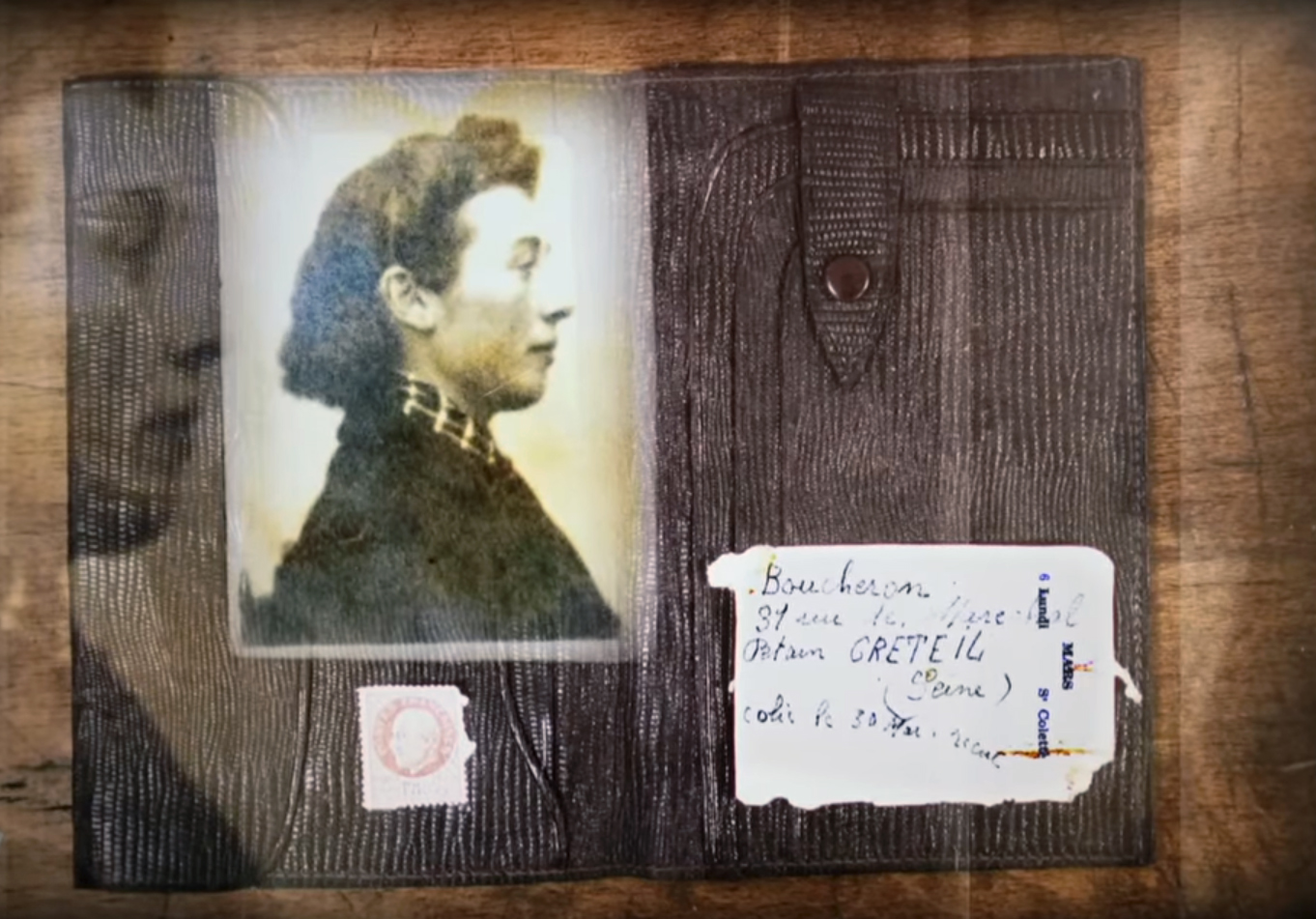Who was Adolf Eichmann?

Karl Adolf Eichmann (Solingen, German Empire, 1906 - Ramdel, Israel, 1962) was the Senior Official of the SS of Nazi Germany, especially known for his appointment as “logistical manager” of the so-called Last Solution or Last Solution. Planning for transporting deportees to concentration camps was their responsibility. He worked manually with Reinhard Heydrich, planning and developing between the sites, distances, routes and times of concentration camps and carrion. If the killings of the deportees had to be speeded up, Eichmann said “particularly boot”.
The tour was affiliated with the 26-year-old Nazi
Party in the Nazi Party in Austria where he lived. A year later the Nazi nationalists came to power in Germany, Hitler took over, and within a few days Austria declared the party illegal. So, like so many others, Eichmann went to Germany. In the mid-1930s he came to work in the Security Service after several positions within the Nazi Party. The purpose of this office was to “monitor” Jewish organisations, which in principle consisted of negotiating with organised Zionist associations. They wanted to expel the Jews from the country, drawing up, if possible, an immigration plan and reaching agreement with the bourgeois Jews, and the dialogues spread over time. They made an inspection visit to Palestine to create a Jewish statue. In direct contact with these associations he came to know the residence of the Jews who would subsequently deport to the concentration camps.
The expulsion process intensified once III. In Reich, in 1938, when Germany annexed Austria. They opened in Vienna a major office dedicated to Jewish emigration, one of the leaders of Eichmann, and after the internal calculations they developed a massive plan for Jewish emigration or expulsion: 110,000 Austrian Jews left their lands in just one year. It was a “successful” action for the Nazi Party and a reputation for Eichmann. Thus, in 1939 he was elected as the head of the strategy of “liberating Germany from the Jews”.
II. The World War broke out and the Nazis began to complicate the situation in order to implement all plans against the Jews. The war began to harden in the East, with the intention of invading the Soviet Union, and they saw no viable way to continue with plans for emigration and deportation. Thus, in 1942, the Head of the Reich Central Security Office, Heydrich, convened an emergency meeting in Berlin, Wannseen, where senior officials decided to move to the Final Solution. Eichaman was present at this meeting and was assigned one of the major responsibility positions.
Some six million Jews were killed by the Nazis. Two out of three Jews then lived in Europe.
Espainiako lau pertsonaren gorpuak identifikatu dituzte. Urduñako desobiratze lanak 2024ko abenduak amaitu ziren eta guztira 93 pertsonaren gorputzak berreskuratu zituzten. Aurkikuntza berriekin, hamazazpi pertsona dira jada identifikatu dituztenak.
Txinako Shanxi probintzian, Tang dinastiako hilobi batean, hildakoen eguneroko bizitzako eszenak irudikatzen dituzten pinturak topatu dituzte. Eszena horietako batean gizonezko ilehori bat agertzen da. Ilearen koloreari eta aurpegierari erreparatuta, hilobia aztertu duten... [+]
Cartago, c. Al voltant del 814. Els fenicis van fundar una colònia i la civilització que dominava l'est del Mediterrani es va estendre a l'oest. Dos segles i mig després, quan la metròpoli fenícia Tir va decaure, Cartago es va independitzar i la seva influència va continuar... [+]
El lingüista sud-africà Rudolf Botha acaba de llançar una hipòtesi sobre l'Homo erectus: l'espècie va desenvolupar algun mode de comunicació oral fa més d'un milió d'anys. L'Homo sapiens és, com se sap, l'única espècie capaç de parlar i, per tant, d'aquí es desprèn que... [+]
12 de maig de 1525 en Böbling, Imperi Romanogermànic. Georg Truchsess von Waldburg va conquistar als pagesos rebels de Wurtemberg. Tres dies després, el 15 de maig, Filipe d'Hesse i el duc de Saxònia es van unir per a aixafar als rebels turingios en Frankenhausen, on van... [+]
Vienako Simmering auzoan kirol-zelai bat berritzeko lanetan ari zirela, 150 gorpu dituen hobi komuna topatu zuten 2024ko urrian. Erromatar legionarioak zirela ondorioztatu dute, eta K.o. 100 urte inguruan hil zirela. Edo, hobe esanda, hil zituztela.
Gorpuak edozein... [+]
Washington (els EUA), 17 de juny de 1930. El Congrés dels Estats Units va aprovar la Llei d'Aranzels. La Llei Smoot-Hawley també es coneix com a Llei Wley perquè va ser impulsada pel senador Reed Smoot i el diputat Willis Hawley.
La llei va augmentar entre un 40 i un 60% els... [+]











